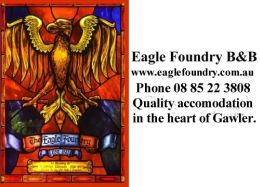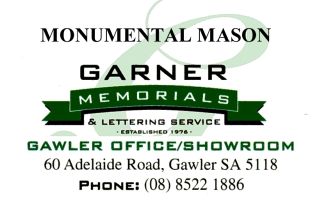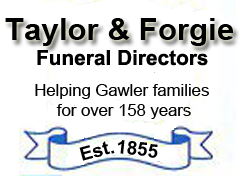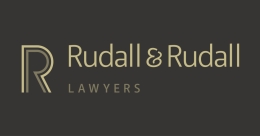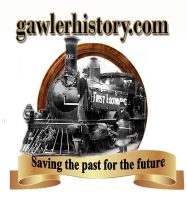James Martin Memorial: Difference between revisions
Jump to navigation
Jump to search
No edit summary |
(Blanked the page) |
||
| Line 1: | Line 1: | ||
